Set of four dining chairs with a frame in black lacquered metal and seat in curved plywood, attributed to Carlo Ratti and produced by Società Compensati Curvati in the 1950s.
In Italy, at the beginning of the XX century, industries of curved solid wood arose under license of Michael Thonet, and through the International Exhibitions the processing of curved wood became more and more widespread.
The Expo of the first decade was also attended by the wood manufacturers of Monza, while in 1905 Otto Helzer, in Switzerland, patented wooden structures in curved laminated, whose strength was equivalent to those in steel.
The Ratti brothers of Monza took their cue from the solid wood laminate to create furniture that, instead of wooden elements, used sheets of wood.
The brothers Ratti, Carlo and Mario, also began to follow the young artistic avant-gardes (cubism, futurism and abstractionism).
The mastery of wooden sculpture influenced Carlo in the design and realization of furniture of fine neo-plastic artistic workmanship and decò, receiving honors from the Prince of Piedmont Umberto di Savoia.
In 1919, in Milan, the first Lombard Exhibition of Decorative Arts was set up (later to become the Triennale) and the Ratti brothers exhibited their furniture in solid wood but also in curved panel with a new system of curvature, the one in Telo.
The canvas system was developed by the Ratti brothers with the help of a friend, Cesare Cantù.
They developed an elastomer bag in which the mould was inserted with the panel to be bent and, closing it with clamps, the air inside was removed, thus making the panel adhere to the mould.
Carlo and Mario found in the Telo system a means by which they could make objects and furniture in the three spatial directions with large surface curvatures, without limits of thickness and minimum radii of curvature.
In 1921 in Stuttgart the first Salone del Mobile was inaugurated and the Fratelli Ratti of Monza made itself known internationally by presenting solid wood furniture and also furniture in load-bearing plywood, flanked by furniture with framed and interchangeable covers.
The Expo became meeting places to verify and present the novelties in the furniture and industrialization sector and, with the development of Industrial Design, the first architects joined in the design of the furniture industries.
The Ratti Brothers, in the various international and national exhibitions, also presented incredible objects in their realization with the system in Telo.
After 1930 Carlo and Mario produced many containers for radio and folding chairs for cinema but in 1939 they divided and in Monza Mario remained who, with his sons Antonio and Angela, formed the Società Compensati Curvi.
Carlo moved to Lissone, forming with his sons Angelo and Piera and with her husband, Piero Berruti, the Industria Legni Curvati. After the war, a new bending system, the Mould and Counter-mould, was added to the existing systems from the 1950s.
After the war, the architects devoted themselves exclusively to the planning and reconstruction of the territory and the need to regain the markets put the industrialists in conditions to offer quality products, designed by architects-designers of the new generation.
Both Carlo Ratti’s and Mario’s firm began collaborating with world-famous architects such as Ignazio Gardella, Paolo Chessa, Vico Magistretti, the Castiglioni brothers, Vittoriano Vigano, Marco Zanuso, Carlo de Carli, etc.
In those years many technological objects were made with curved plywood bodies such as washing machines, televisions, radios, sewing machines, etc. while the production of furniture in a rationalistic style continued.
The new bending technologies, Mould and Counter-mould and High Frequency, allowed a remarkable mass production and, if the old system in Telo continued to exist to make extraordinary objects with Coons curves, especially the High Frequency spread all over the world.
The Japanese company Tendo Mokko invented this new bending system in 1948, trying to make plywood planes and, immediately, the company Ratti of Monza used it, while that of Lissone continued to make products with the old Mould and Counter-mould system.
This system used aluminum shapes unlike other systems that, instead, made wooden shapes, with considerable economic savings.
In 1954 a chair designed by Carlo de Carli for Cassina and made by Carlo Ratti won the "Compasso d'Oro" award as an object of considerable technical and aesthetic value.
In 1961 Carlo Ratti died and his sons Angelo and Piera, with her husband Piero Berruti, continued the activity while the third generation was entering the company.
The company transformed from Industria Legni Curvati into Carlo Ratti s.a.s and, since then, new collaborations with young architects allowed a new technological development.
Thus, the High Frequency system was introduced in the company, but the Mould and Counter-mould system was not abandoned and, above all, the Telo system that was still used for the production of samples and prototypes.
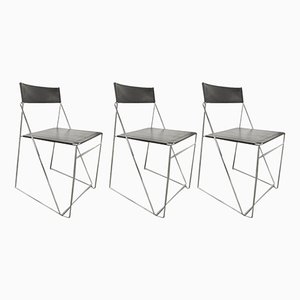

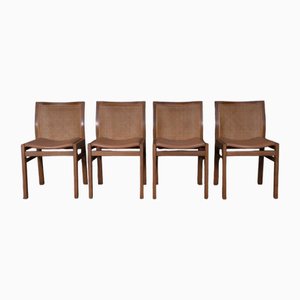


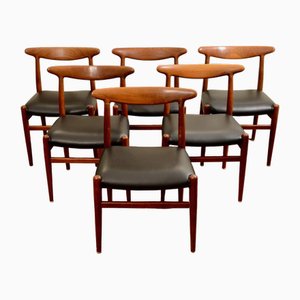

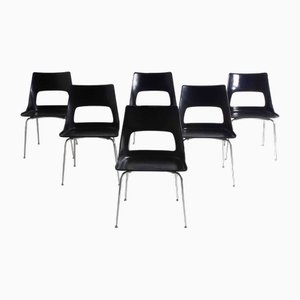

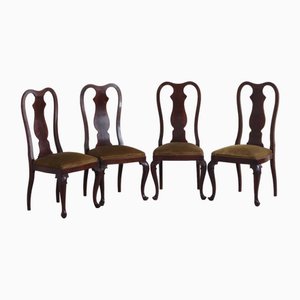
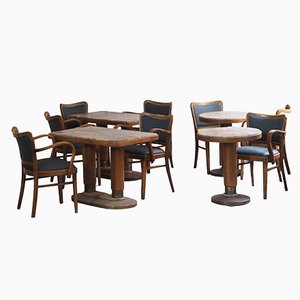
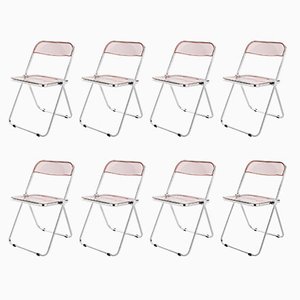
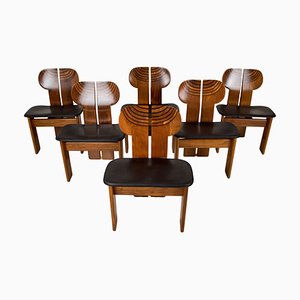


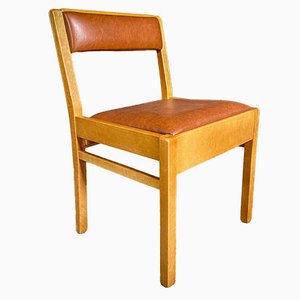

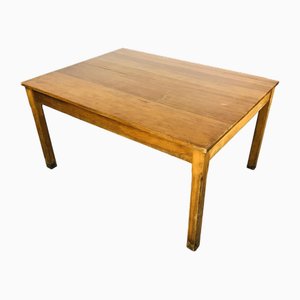
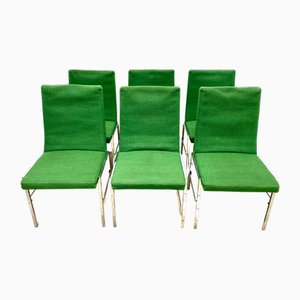

Get in Touch
Make An Offer
We noticed you are new to Pamono!
Please accept the Terms & Conditions and Privacy Policy
Get in Touch
Make An Offer
Almost There!
To follow your conversation on the platform, please complete the registration. To proceed with your offer on the platform, please complete the registration.Successful
Thanks for your inquiry, someone from our team will be in touch shortly
If you are a Design Professional, please apply here to get the benefits of the Pamono Trade Program